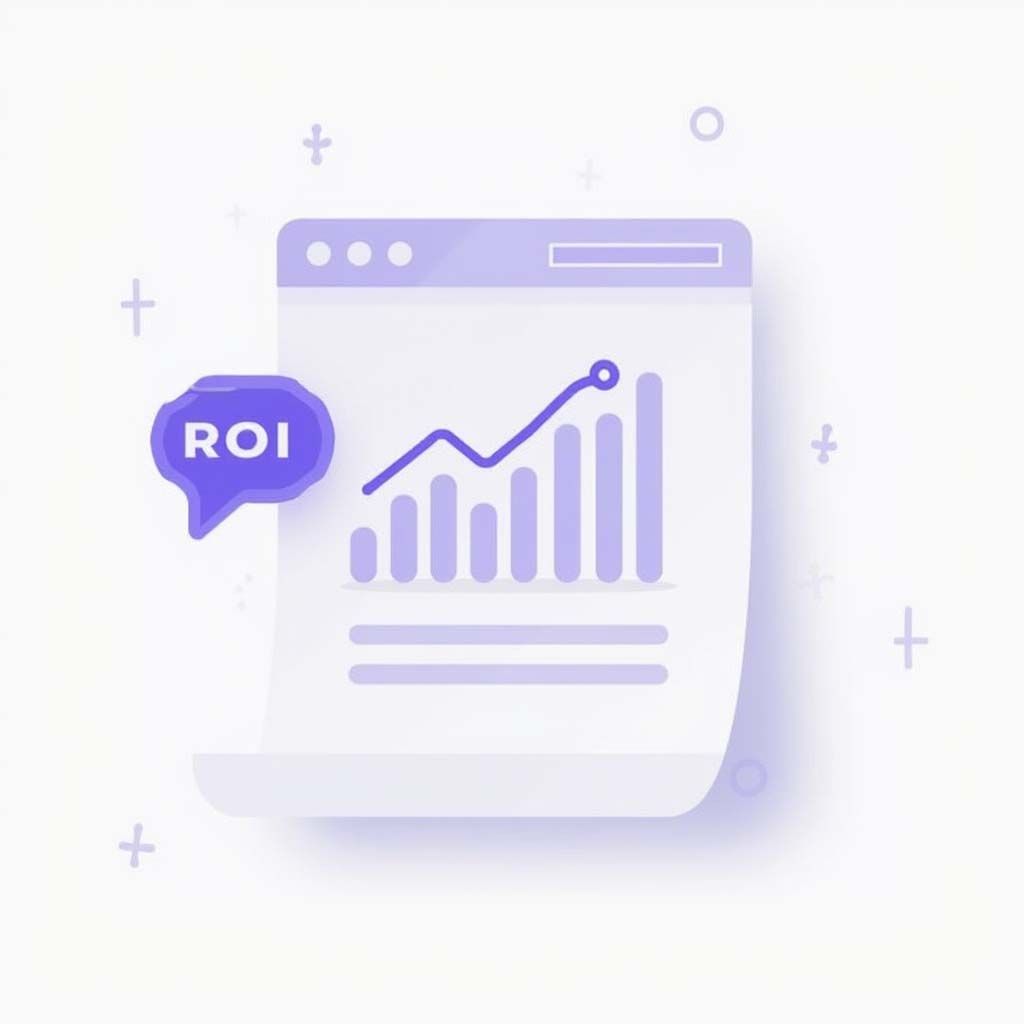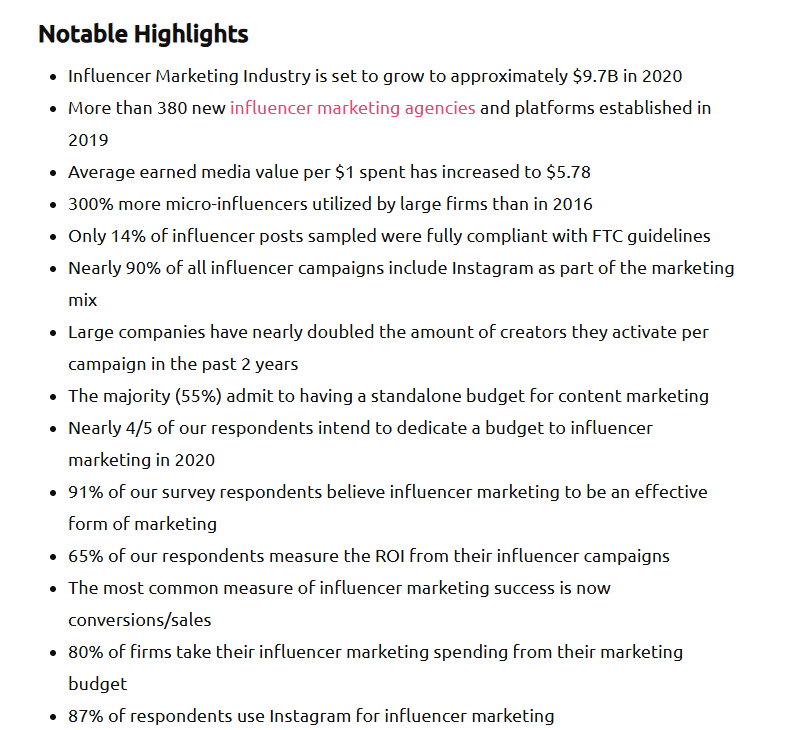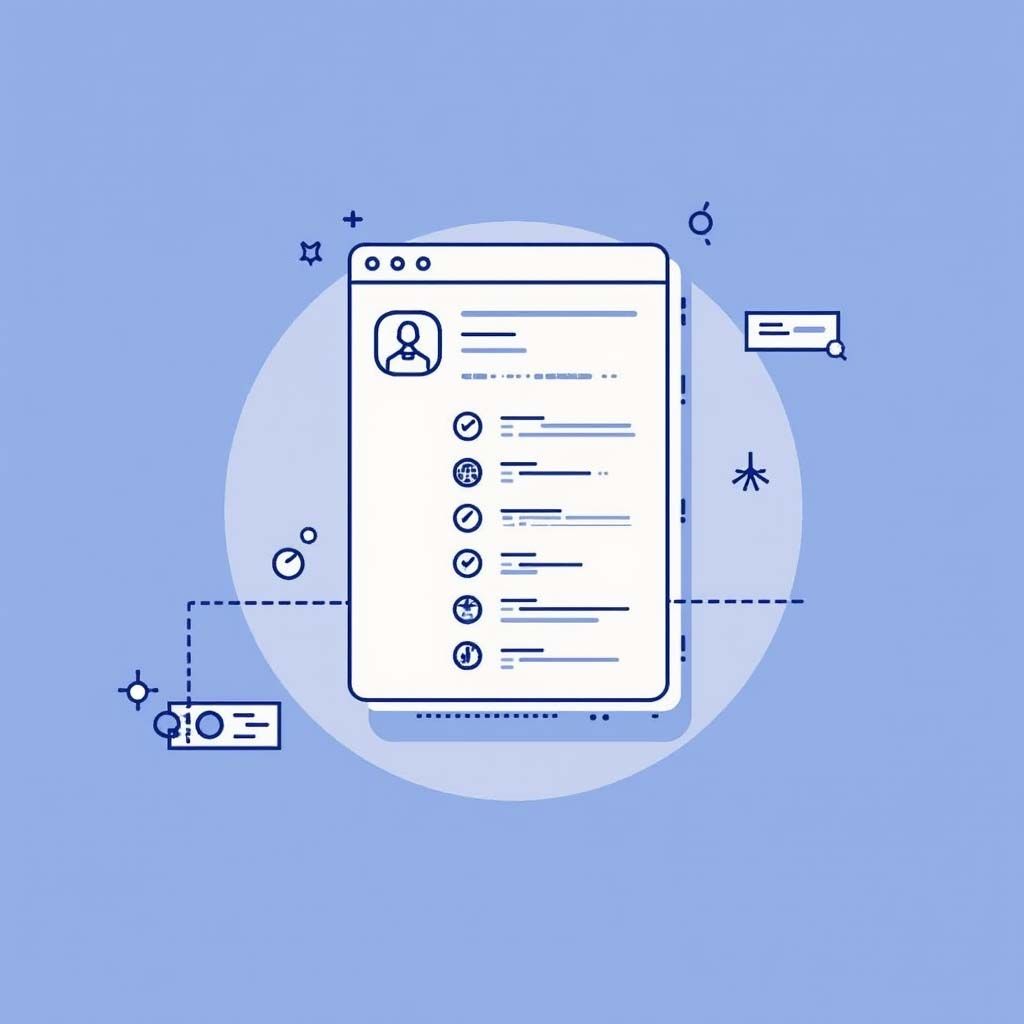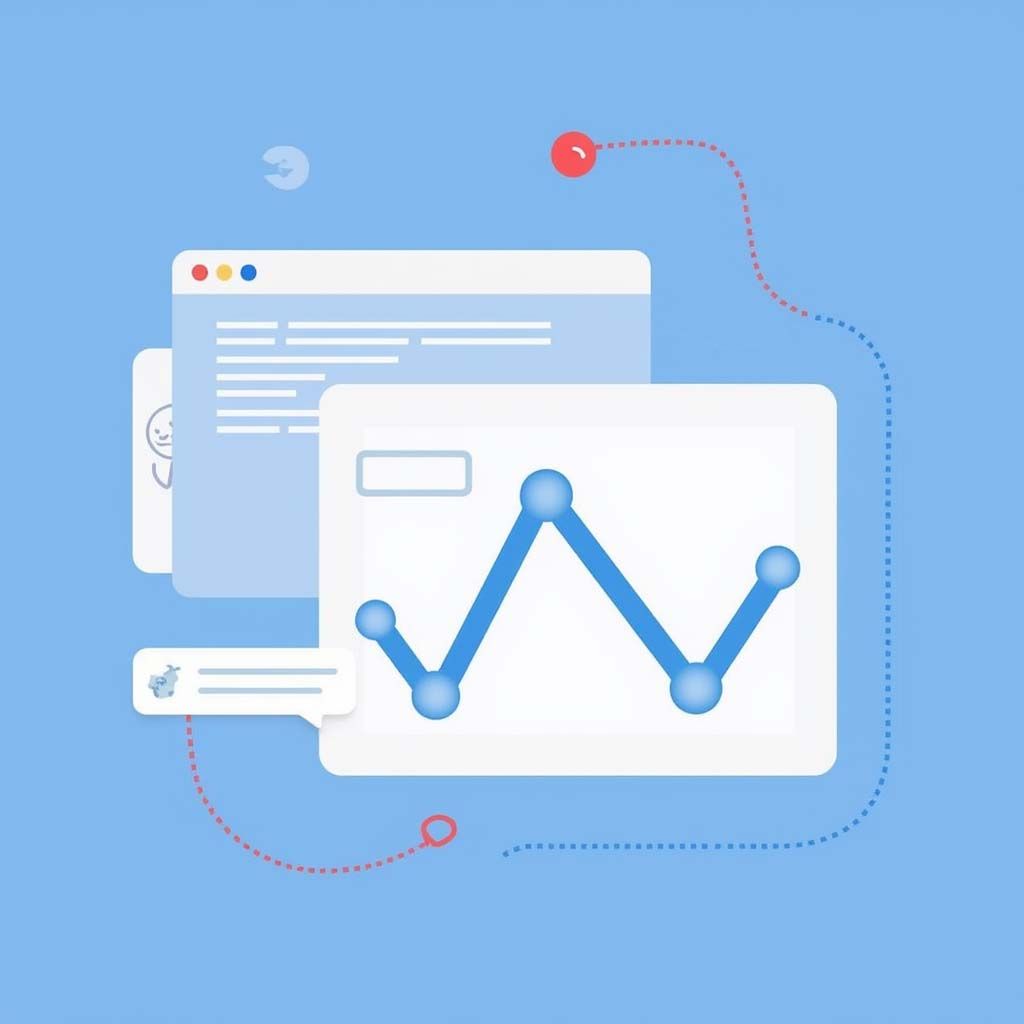Maximizing ROI: Influencer Marketing Tactics for SaaS Businesses

Influencer marketing has become an essential strategy for SaaS businesses looking to enhance brand visibility, credibility, and customer acquisition. Unlike traditional marketing approaches, which often require extensive lead nurturing, influencer-driven campaigns accelerate trust-building by leveraging established voices within specific industries.
This guide explores key influencer marketing tactics tailored for SaaS businesses, covering how to identify the best influencers, select the right platforms, and implement strategies that generate measurable results.

Influencer Marketing for SaaS: Why It’s a Game Changer
SaaS businesses face unique marketing challenges, from explaining complex products to building long-term customer relationships. Traditional advertising often falls short in conveying value, making influencer partnerships an effective alternative. Collaborating with industry experts and niche content creators allows brands to connect with decision-makers, showcase product capabilities, and establish authority.
Recent data from Influencer Marketing Hub indicates that businesses generate an average of $5.78 in earned media value for every $1 spent on influencer marketing. For SaaS brands, this return is particularly significant as influencers help reduce customer skepticism by providing real-world use cases and testimonials.

Role of Influencers in SaaS Brand Awareness
Expanding market reach requires more than just paid ads or content marketing. Industry leaders, tech reviewers, and software analysts play a critical role in driving awareness by:
-
Introducing products to niche audiences that might not respond to traditional marketing.
-
Simplifying complex SaaS solutions through explainer videos, case studies, and in-depth tutorials.
-
Generating organic discussions around product features, updates, and industry trends.
Collaboration with trusted voices helps SaaS brands break through the noise and reach engaged potential customers.
Trust and Credibility: Key Factors in SaaS Purchases
Buyers in the SaaS space often conduct extensive research before making a decision. Unlike impulse purchases, these transactions require trust, often built through peer recommendations and expert endorsements. Influencer marketing supports this trust-building process by:
-
Providing third-party validation from industry professionals.
-
Offering unbiased product reviews that highlight strengths and potential drawbacks.
-
Showcasing real-world applications through tutorials, case studies, and user testimonials.
A study by Edelman reveals that 63% of consumers trust influencer opinions more than brand advertising. By leveraging the credibility of respected voices, SaaS brands can accelerate conversions and improve customer retention.

Choosing the Right Influencers for SaaS Growth
Selecting the right influencers is critical for campaign effectiveness. Not all creators will align with a brand’s objectives, making it essential to evaluate potential partners based on relevance, audience engagement, and content style.
Micro vs. Macro Influencers: Which Works Best for SaaS?
Influencers come in different tiers, each offering distinct advantages: Micro-influencers (10K–100K followers): Higher engagement, niche expertise, and stronger audience trust. Ideal for B2B SaaS brands looking to establish credibility. Macro-influencers (100K+ followers): Greater reach, strong brand recognition, and access to broader audiences. Suitable for B2C SaaS brands aiming for mass awareness. While macro-influencers generate wider visibility, micro-influencers often deliver better conversion rates due to their deeper audience connections. SaaS brands must weigh visibility against engagement when crafting their influencer strategy.
B2B vs. B2C SaaS: Different Influencer Strategies
Marketing approaches differ depending on whether the product serves businesses or individual consumers. B2B SaaS: Thought leadership content, in-depth product breakdowns, and LinkedIn engagement with industry professionals. B2C SaaS: Social media-driven campaigns, user-generated content, and partnerships with lifestyle or productivity influencers. A 2023 survey by Demand Gen Report found that 74% of B2B buyers rely on peer recommendations when researching software solutions. Influencers in this space must demonstrate authority and industry expertise rather than focus solely on entertainment.

Best Social Media Channels for Influencer Marketing in SaaS
Every platform offers distinct advantages for SaaS brands, but success depends on targeting the right audience with the right content format.
LinkedIn for B2B SaaS: Strategies That Convert
LinkedIn remains the primary platform for B2B influencer marketing. Decision-makers, IT professionals, and SaaS buyers actively engage with content that provides valuable insights. Effective strategies include:
-
Collaborating with industry experts to share product insights and case studies.
-
Hosting LinkedIn Live sessions featuring influencers discussing software benefits and use cases.
-
Publishing long-form articles showcasing product expertise and thought leadership.
According to LinkedIn’s internal data, content shared by industry professionals sees 2x higher engagement rates compared to brand-generated posts. Leveraging trusted voices increases credibility and drives organic traffic.
YouTube and Twitter: How SaaS Brands Can Leverage Video and Thought Leadership
Video and real-time engagement help SaaS brands showcase their products dynamically.
-
YouTube: Ideal for tutorials, product walkthroughs, and influencer reviews that break down complex features.
-
Twitter (X): Works best for industry conversations, product announcements, and real-time engagement with influencers.
A Wyzowl survey reports that 88% of people have been convinced to buy software after watching a video review. YouTube partnerships with influencers specializing in tech content can significantly boost SaaS conversions.
By aligning influencer selection with audience preferences and leveraging the most effective platforms, SaaS brands can maximize ROI and drive long-term customer engagement.

Creating High-Impact Influencer Campaigns for SaaS Products
Influencer marketing offers SaaS brands a way to showcase product capabilities through trusted voices. Unlike traditional advertising, it builds credibility by demonstrating real-world applications, making complex software more approachable. To maximize impact, campaigns should focus on educational content, hands-on product demonstrations, and thought leadership collaborations.
Product Demos with Influencers: Turning Features into Benefits
SaaS products often come with steep learning curves, making influencer-led product demos an effective engagement tool. Instead of listing features, influencers highlight use cases, showing how the software streamlines workflows or solves common business challenges.
-
Live Walkthroughs: Influencers conduct hands-on tutorials, addressing audience pain points in real-time.
-
Comparison Videos: Side-by-side assessments of competitors provide transparency and positioning.
-
User Experience Showcases: Reviews focus on efficiency gains, automation, or integrations, making abstract benefits tangible.
For instance, Notion partnered with productivity YouTubers to demonstrate how businesses can use custom dashboards, increasing trial sign-ups.
Educational Webinars and Expert-Led Content Strategies
B2B buyers often require more than product familiarity—they seek in-depth understanding. Educational webinars hosted by influencers bridge this gap, offering value-driven content that positions the SaaS brand as an industry leader.
-
Industry Trend Discussions: Aligning with evolving market needs enhances brand authority.
-
Use Case Deep Dives: Practical applications increase confidence in adoption.
-
Q&A Sessions with Influencers: Direct interaction fosters trust and engagement.
HubSpot frequently collaborates with marketing professionals to produce expert-led sessions on CRM optimization, increasing user retention through knowledge-driven content.

Measuring ROI of Influencer Marketing for SaaS Businesses
Unlike eCommerce, SaaS conversions are multi-step, requiring clear attribution models. Beyond engagement metrics, brands must track long-term impact on lead generation, user retention, and subscription renewals.
Key Performance Metrics for SaaS Influencer Campaigns
To gauge success, companies should monitor:
Customer Acquisition Cost (CAC)
Measures how influencer-driven leads compare to traditional marketing channels. Helps assess cost efficiency and overall return on investment.
Activation Rate
Percentage of influencer-referred users who complete the onboarding process. Indicates how effectively influencers communicate product value.
Churn Reduction
Tracks retention improvements among users acquired through influencer marketing. Demonstrates whether influencer-educated customers stay engaged long-term.
📌 Example: ClickUp optimizes influencer partnerships by tracking post-signup user behavior, ensuring campaigns drive high-intent leads rather than just clicks
Attribution Models: Tracking Conversions and Revenue Impact
Since SaaS sales cycles can be lengthy, precise tracking is essential. Models include:
-
Multi-Touch Attribution: Credit is distributed across multiple influencer touchpoints.
-
Post-Signup Behavior Analysis: Evaluates how engaged influencer-driven users remain.
-
Custom UTM Parameters: Tracks traffic sources and behavioral patterns.
📌 Example: Zapier leverages influencer-specific referral codes and integrates them with CRM data to measure ROI across the customer journey.

Case Studies: Successful Influencer Marketing Campaigns in SaaS
Real-world examples demonstrate how SaaS brands optimize influencer partnerships for sustained growth.
How Notion Used Influencer Marketing to Expand Its SaaS User Base
Notion’s influencer marketing campaign led to a 20% increase in user sign-ups within six months. By collaborating with over 200 productivity-focused influencers on YouTube, TikTok, and Twitter, the company showcased real-world applications of its workspace tool. Instead of one-size-fits-all promotions, the strategy focused on:
-
Tailored Use Cases: Videos and tutorials demonstrated Notion’s capabilities for marketing teams, developers, and freelancers, driving a 35% increase in workspace templates adoption.
-
Sustained Collaborations: Long-term partnerships with influencers like Ali Abdaal and Thomas Frank resulted in millions of views and a 25% rise in referral traffic.
-
Performance-Driven Strategy: By tracking influencer-driven sign-ups, Notion optimized campaigns, leading to a 40% decrease in customer acquisition cost (CAC) compared to traditional paid ads.
Shopify’s Collaboration with Content Creators to Boost Adoption
Shopify’s influencer marketing approach significantly impacted its growth, contributing to a 76% year-over-year increase in new store sign-ups. By engaging eCommerce-focused YouTubers and TikTok creators, the brand effectively reached aspiring entrepreneurs. Key initiatives included:
-
Step-by-Step Store Launch Guides: Tutorials from influencers like Sarah Chrisp (Wholesale Ted) and Beau Crabill led to a 50% higher conversion rate for users completing store setup.
-
Monetization-Focused Content: Creators emphasized financial success stories, resulting in a 60% boost in engagement on Shopify-sponsored content.
-
Affiliate Partnerships: Revenue-sharing models incentivized influencers, with Shopify's affiliate program driving over $100 million in merchant sales through influencer referrals.

Influencer Marketing Strategies for SaaS Startups vs. Established Brands
SaaS companies at different stages of growth require distinct influencer marketing approaches. Startups often prioritize cost-effective strategies to gain traction, while established brands focus on scalability and long-term partnerships.
Budget-Friendly Influencer Tactics for Early-Stage SaaS
Smaller budgets don’t mean sacrificing impact. Early-stage SaaS companies can maximize ROI with:
-
Micro-Influencers: Engagement rates are often higher than larger influencers, and costs remain manageable.
-
Affiliate Partnerships: Performance-based collaborations ensure influencers earn from direct conversions.
-
User-Generated Content (UGC): Encouraging customers to share experiences builds credibility without high production costs.
For example, Airtable leveraged startup founders and freelancers on LinkedIn and Twitter, gaining traction without large sponsorship fees.
Scaling Long-Term Influencer Partnerships for Brand Expansion
Sustained collaborations drive greater trust and reach. Established SaaS brands often invest in:
-
Exclusive Ambassador Programs: Aligning with long-term brand advocates enhances consistency.
-
Webinar Co-Hosting: Partnering with influencers for expert-led discussions strengthens credibility.
-
Multi-Platform Campaigns: Expanding influencer content across blogs, YouTube, and podcasts maximizes exposure.
HubSpot maintains relationships with marketing influencers who contribute regularly to their content ecosystem, reinforcing brand authority.
Avoiding Common Pitfalls in Influencer Marketing for SaaS Companies
Mistakes in influencer marketing can lead to wasted budgets, low engagement, or compliance risks.
Preventing Fake Engagement and Identifying Authentic Influencers
The rise of influencer fraud has made it crucial for SaaS brands to vet partners thoroughly. Statista study estimates that up to 58% of Instagram influencers have engaged in some form of follower fraud, inflating numbers with bots or engagement pods. To mitigate risks and ensure real impact, SaaS companies can implement the following strategies:
-
Analyze Engagement Quality: Genuine engagement goes beyond likes and generic comments. Meaningful interactions, such as detailed feedback or product-related discussions, indicate a real, invested audience. For example, Slack's influencer campaign saw a 3x higher conversion rate when working with tech creators whose audiences asked specific questions about integrations and workflows.
-
Use Audience Authenticity Tools: Platforms like HypeAuditor, Modash, Yoloco and Upfluence help brands detect fake followers, engagement pods, and suspicious activity. A 2023 report by HypeAuditor found that mid-tier influencers (50K–500K followers) had an average of 16% fake engagement, emphasizing the need for data-driven selection.
-
Track Conversions Over Vanity Metrics: SaaS brands should focus on click-through rates, sign-ups, and demo requests rather than follower counts. When Dropbox partnered with verified tech influencers, 65% of sign-ups from influencer campaigns completed the onboarding process, proving the value of high-intent audiences over mass reach.
By prioritizing quality over quantity, SaaS brands ensure their influencer partnerships result in meaningful engagement, higher-quality leads, and improved customer retention.
Compliance and Transparency: FTC Guidelines for SaaS Sponsorships
Regulatory compliance is a growing concern in influencer marketing, with the Federal Trade Commission (FTC) issuing over 20 warning letters in the past year for improper sponsorship disclosures. SaaS companies must take proactive steps to ensure full transparency:
-
Ensure Proper Disclosures: Influencers must clearly disclose paid partnerships using terms like “#ad,” “Paid Partnership,” or “Sponsored by [Brand]” within the first few lines of a post. The FTC requires that disclosures be "unambiguous" and "easily noticeable", meaning hiding them in a caption’s lower section is non-compliant. A 2022 FTC review found that 70% of Instagram sponsorships failed to meet clear disclosure guidelines.
-
Educate Influencers on FTC Guidelines: Brands should provide written agreements outlining disclosure requirements and conduct training sessions for influencers. HubSpot includes FTC disclosure training in its influencer onboarding process, ensuring full compliance and trust-building.
-
Monitor Campaigns for Compliance: Regular audits of influencer content help catch and correct non-compliant posts. The beauty brand Teami was fined $15.2 million by the FTC for failing to ensure proper disclosures in influencer promotions, highlighting the financial risks of non-compliance.
Integrating Influencer Marketing into a Broader SaaS Growth Strategy
Influencer collaborations should complement SEO, paid ads, and content marketing efforts.
How Influencer Content Supports SEO and Organic Traffic
Well-executed campaigns contribute to search rankings through:
-
High-Authority Backlinks: Influencers linking to landing pages improve domain authority.
-
Search Demand Creation: Increased brand mentions drive organic searches.
-
Content Syndication: Blog collaborations expand reach beyond owned channels.
SEMrush saw a spike in organic traffic after industry influencers referenced their research in blog posts.
Combining Paid Ads with Influencer Promotions for Maximum Reach
A hybrid approach amplifies impact by:
-
Retargeting Influencer-Driven Audiences: Paid ads reinforce brand messaging to engaged users.
-
Boosting High-Performing Influencer Content: Sponsored posts can extend reach beyond the influencer’s organic audience.
-
A/B Testing Messaging: Comparing influencer-led and brand-run ads refines conversion strategies.
Zapier combines influencer testimonials with paid LinkedIn ads, increasing SaaS trial conversions.
Future Trends in Influencer Marketing for SaaS Businesses
As the landscape evolves, data-driven decisions and niche collaborations shape the future.
AI and Data-Driven Influencer Selection
Artificial intelligence is transforming how brands identify partners. Advances include:
-
Predictive Performance Analysis: AI estimates an influencer’s potential impact based on historical data.
-
Audience Overlap Insights: Identifying shared demographics enhances targeting precision.
-
Automated Fraud Detection: AI flags suspicious activity, preventing wasted ad spend.
Influencer marketing platforms like Grin leverage AI to optimize influencer selection for SaaS brands.
Growth of Niche and Micro-Influencer Collaborations
Smaller, specialized influencers are proving highly effective, especially in B2B SaaS. Benefits include:
-
Higher Trust Levels: Smaller audiences tend to engage more meaningfully.
-
Industry-Specific Authority: Niche influencers often have deep domain expertise.
-
Cost-Effectiveness: Collaborations require lower budgets compared to macro-influencers.
Asana’s partnerships with project management coaches have led to more engaged SaaS adopters than mass-market influencer campaigns.
FAQs on Influencer marketing for SAAS
How Can SaaS Companies Measure the Success of Influencer Marketing?
Key performance indicators include:
-
Customer Acquisition Cost (CAC) compared to other marketing channels.
-
Lead-to-Customer Conversion Rate for influencer-driven traffic.
-
Retention and Churn Rates to assess long-term impact.
Are Micro-Influencers More Effective for Niche SaaS Products?
Yes, micro-influencers often outperform larger creators in engagement and trust. Their smaller audiences tend to be highly targeted, making them ideal for B2B and specialized SaaS solutions.
What Type of Content Works Best in SaaS Influencer Marketing?
Educational and value-driven content performs best, including:
-
Tutorials and walkthroughs that demonstrate product benefits.
-
Case studies and success stories that highlight real-world results.
-
Webinars and Q&A sessions for deeper audience engagement
12.03.2025
197 article view
Similar articles
29.08.2025
Multi-Platform Influencer Strategies: Maximizing Reach Across All Channels
The digital marketing landscape has transformed dramatically, with influencer marketing emerging as a...
30.05.2025
How to Create An AI Influencer For Free for Instagram
The industry is evolving rapidly, shaped by the growing influence of AI technology. Among the most compelling...
18.04.2025
How to Start Your Own Influencer Marketing Agency
Launching an influencer marketing agency means entering one of the fastest-growing sectors in digital...